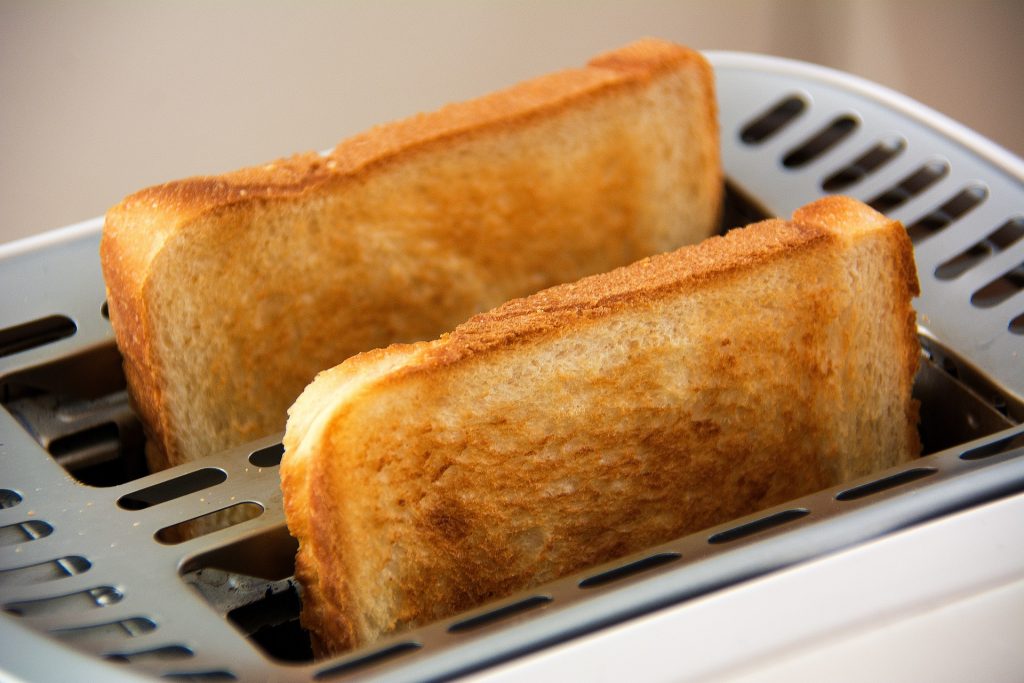Iron is an important mineral that is needed by red blood cells to carry oxygen to organs and tissues. During pregnancy, your blood volume increases and you need more iron. The recommendation for iron during pregnancy is 27 mg/day. This is high enough that a supplement may be necessary, in addition to getting plenty of iron from food sources.

Food sources of iron
Iron is found in many animal foods such as, beef, pork, and poultry. If you eat meat, aim for a servings (three to six ounces) of lean meat on most days during pregnancy. In addition to iron, eating meat also provides protein and vitamin B12.
If you do not eat meat, or do not eat meat often, there are many non-animal sources of iron, too. Fortified breads and enriched breakfast cereals contain iron, and beans are also a good source. Vegetarians in particular need to be aware that the iron in plant foods is not as well absorbed as the iron in animal foods. There are a number of methods to improve iron absorption, such as eating foods rich in vitamin C with meals. Good sources of vitamin C include citrus fruits such as oranges, lemons, and limes, as well as their juices. Vitamin C can also be found in kiwi, bell peppers, broccoli, strawberries, baked potatoes, and tomatoes.
Iron Supplements
All pregnant women should be tested for iron deficiency early in their pregnancy and determine with their doctor if a supplement is necessary. Look for a supplement that contains ferrous iron, as this type is absorbed the best by your body. Small doses are absorbed better, so cut one in half, or if you need to take more than one, space them out throughout the day.
Some women do not tolerate iron supplements well since they can cause an upset stomach. If you experience an upset stomach, try:
- Taking your iron supplement with food.
- Taking your supplement with a snack at bedtime instead of in the morning.
- Cutting the supplement in half, and take half in the morning and half at night.
To get more iron in your diet, try these tips:
| Add vitamin C-rich peppers to chopped chicken or beef to make fajitas. | If you have cast iron cookware, use it! It will give your meals a little extra iron. |
| Read labels and make sure the bread and cereal you buy are fortified or enriched with iron. | Drink a glass of orange juice with your toast or cereal. |
Did you know?
A person who is deficient in iron may experience an unusual craving for large amounts of ice, dirt, cornstarch, or other non-food items. This symptom is known as pica. If you experience these cravings, see a doctor right away. Other symptoms of iron deficiency include: feeling cold, tired, and unable to concentrate, having a swollen or bright red tongue, or brittle nails.
Learn more about iron in the CSU Extension fact sheet “Iron: An Essential Nutrient.”
Good Animal Sources of Iron
| Oysters, canned, 3 oz. | 8.0 mg |
| Pork, cooked, 3 oz. | 2.7 mg |
| Beef, cooked, 3 oz. | 2.6 mg |
| Turkey, dark, cooked, 3 oz. | 2.0 mg |
| Chicken, dark, cooked, 3 oz. | 1.4 mg |
Good Plant Sources of Iron
| Breakfast cereals, fortified with 100% of the DV for iron (1 serving) | 18.0 mg |
| Dried beans, cooked, 1 cup | 5.2 mg |
| Lentils, cooked, 1 cup | 4.2 mg |
| Dark Leafy Greens, cooked, 1 cup | 3.6 mg |
| Dried apricots, 10 halves | 1.9 mg |


